An exquisitely designed bathroom does more than just serve daily needs—it uplifts your living experience, reflects your personal taste, and becomes a private sanctuary for relaxation. From a blank canvas to a beautifully arranged retreat, here are four key principles to guide your bathroom layout and design.
1. Define Functional Zones
Establishing clear zones ensures every square meter works hard for you.
Wash & Grooming Area
- Sink & Vanity: Choose an integrated basin-and-counter unit to maximize surface space and streamline cleaning. Ensure the countertop is wide enough for morning essentials.
- Mirror & Lighting: Install a large, anti‑fog mirror with built‑in LED lighting. For families, oversize your mirror cabinet so that toothbrush holders or skincare products have room to grow—plan for at least five toothbrushes if you entertain guests!
- Storage Cabinetry: Opt for a mix of wall‑mounted and recessed cabinets. Use adjustable shelving to accommodate tall shampoo bottles, electric razors, and skincare jars while keeping everything within arm’s reach.
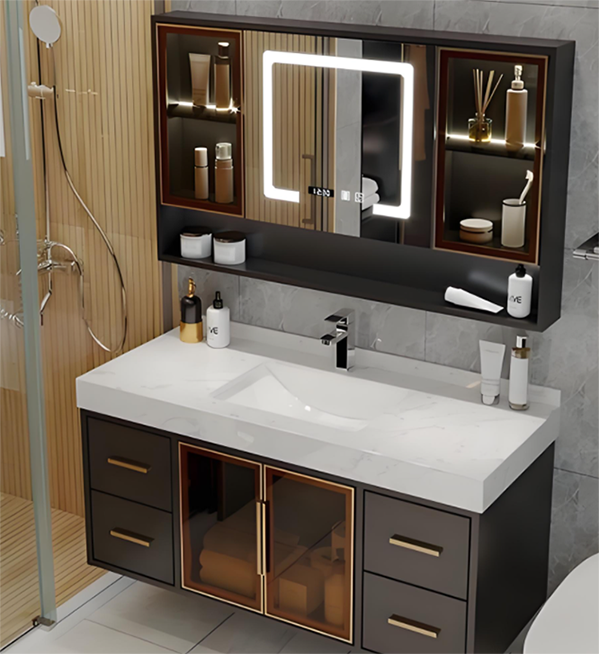
Shower & Bathing Area
- Showerhead: Invest in a multifunction showerhead with adjustable water‑flow settings. From a gentle rain to a powerful massage spray, versatile modes turn every shower into a spa‑like experience.
- Enclosure: If space allows, a fully enclosed glass cubicle keeps water where it belongs; if not, a sleek half‑glass partition or even a tasteful shower curtain does the job while saving room.
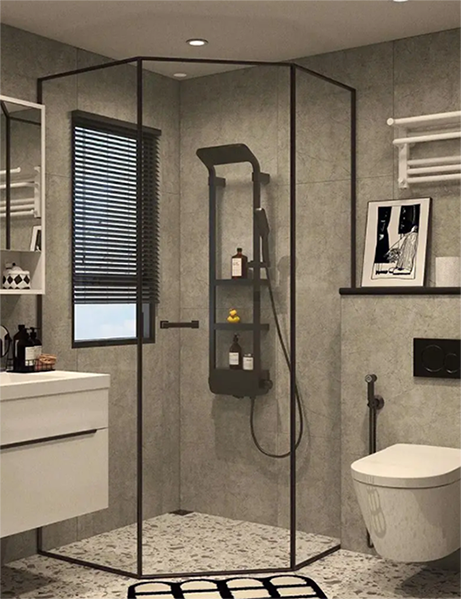
Toilet & Hygiene Area
- Toilet Selection: Prioritize ergonomics and hygiene—choose a one‑piece model from a reputable brand. Smart toilets with automatic lids, bidet functions, and warm‑air dryers bring hotel‑level comfort into your home.
- Squat‑style Fixture: For households accustomed to traditional layouts, consider a squat pan with sturdy grab bars and non‑slip flooring for added safety.
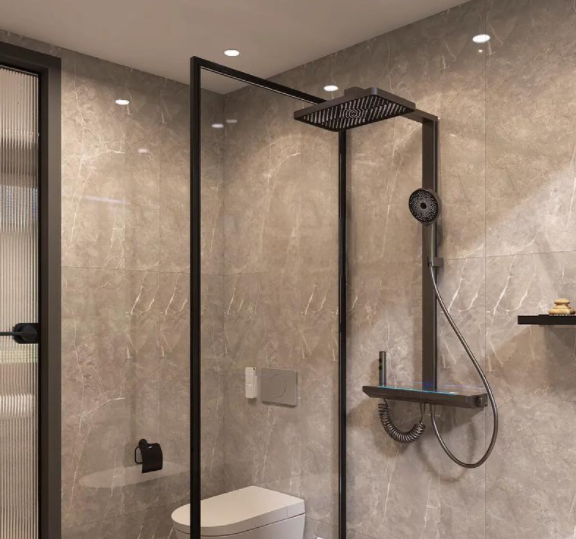
Laundry Corner (Optional)
- Washer/Dryer: In larger bathrooms, place a side‑by‑side washer and dryer. In tighter spaces, a combo washer‑dryer unit conserves footprint without sacrificing functionality.
- Laundry Storage: Design built‑in shelves or a pull‑out hamper near the machines for detergents, softeners, and cleaning supplies.
_Tip:_ When planning each zone, think ahead to future needs—kids growing older, guests visiting, or adding new appliances—so your design adapts gracefully over time.
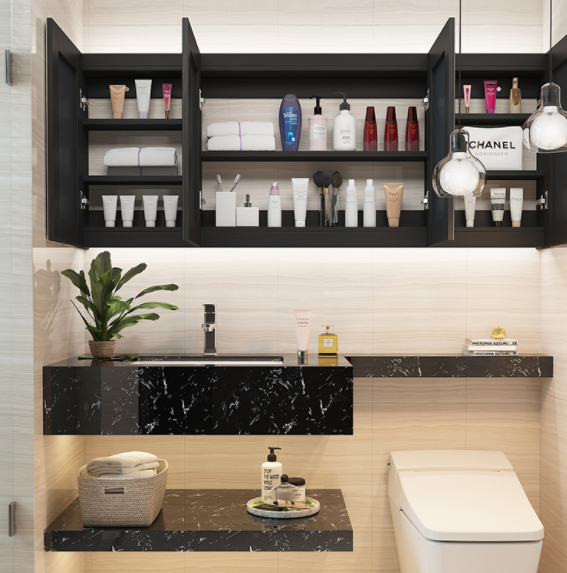
2. Achieve Wet‑Dry Separation
Separating wet and dry areas is crucial for safety, maintenance, and comfort.
Shower Barriers
- Glass Enclosure: A floor‑to‑ceiling glass door creates a waterproof fortress—ideal for larger bathrooms.
- Partial Partition: A single fixed glass panel or half‑height wall balances separation with an open feel.
- Shower Curtain: The most budget‑friendly option; choose mildew‑resistant fabrics and swap them regularly.
Floor & Drainage
- Proper Slope: Ensure the shower floor tilts gently (1–2°) toward a quality drain—linear drains offer broad coverage, while round drains are classic and compact.
- Anti‑Slip Surface: Opt for textured tiles or add mat inserts in the shower to prevent slips.
Ventilation
- Exhaust Fan: Install a high‑capacity fan to evacuate steam and odors quickly.
- Windows & Airflow: Whenever possible, include an operable window or install an air‑exchange system to keep the room fresh and mildew‑free.
_Benefits:_ Dry areas stay pristine and hygienic, fixtures last longer, and the risk of falls is dramatically reduced.
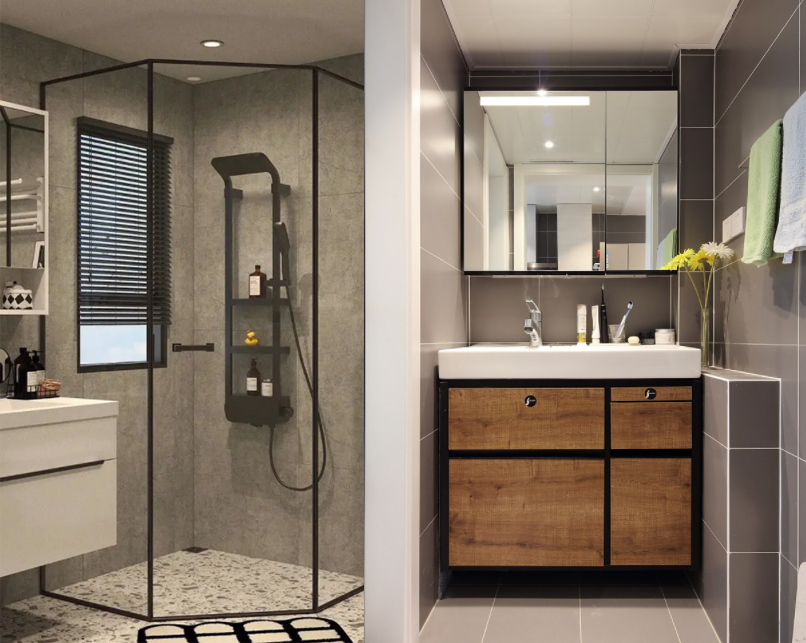
3. Plan Intuitive Traffic Flow
A well‑thought‑out layout guarantees every movement is natural and safe.
Entry Sequence
Position the vanity closest to the door so you can wash hands or check your appearance as you enter.
Privacy & Convenience
Place the toilet discreetly—perhaps behind a half‑wall or within a nook—away from direct sightlines.
Night‑Time Navigation
- Soft Lighting: Install low‑glow LED strips or step lights to guide you without waking everyone with harsh overhead lights.
- Obstacle‑Free Path: Keep the floor clear of rugs or wires, and use wall‑mounted dispensers to minimize clutter.
Safety Touchpoints
- Grab Rails: Strategically mount grab bars near the toilet and inside the shower for added stability.
- Clear Sightlines: Avoid high‑back furniture or oversized décor that could obscure hazards.
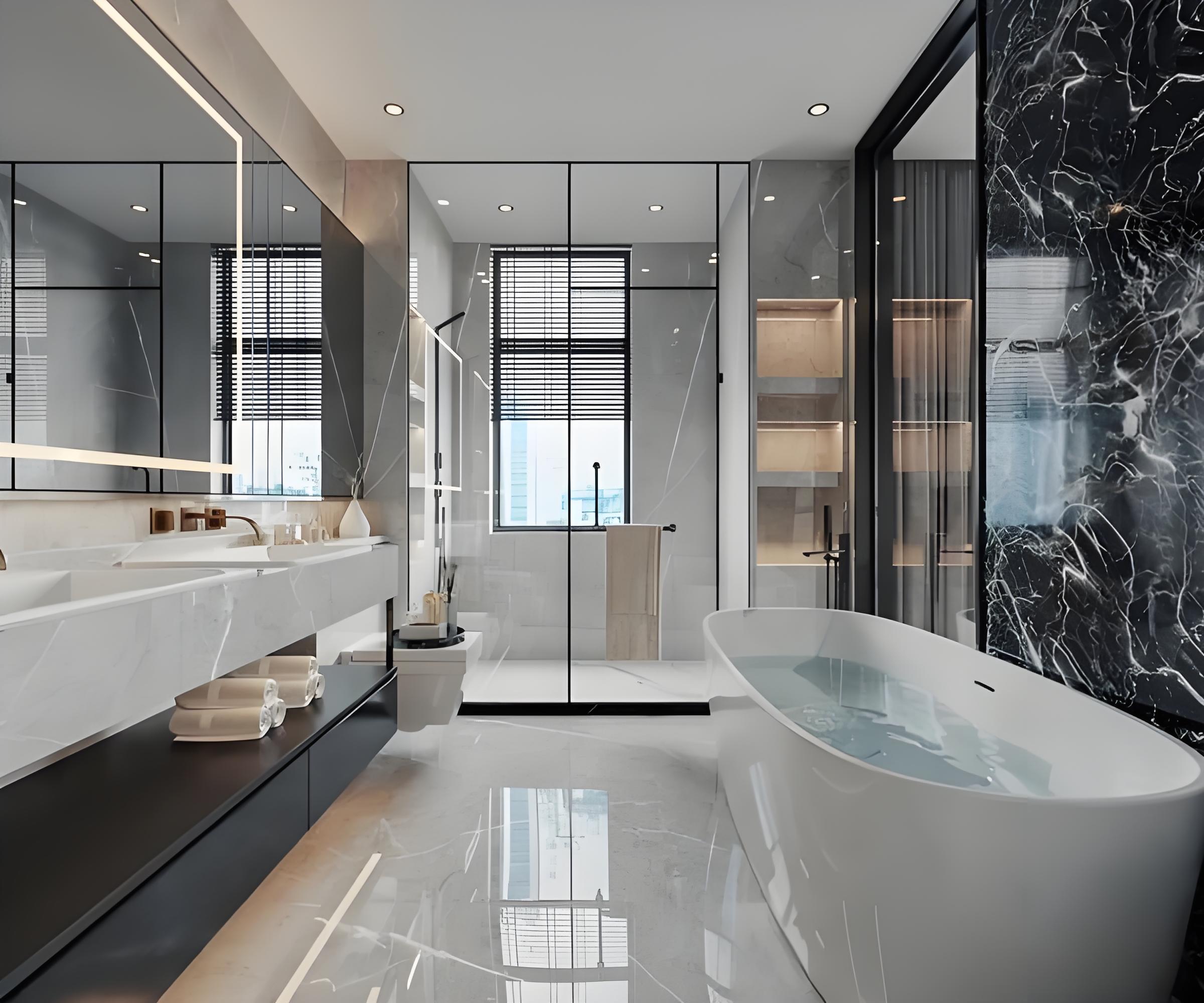
4. Optimize Every Detail
Even the smallest enhancements make a big impact, especially in compact bathrooms.
- Recessed Niches & Shelves: Carve storage into walls to hold toiletries, candles, or decor—no bulky shelving required.
- Multipurpose Fixtures: Choose a mirror with built‑in shelving or a vanity that doubles as a laundry basket.
- Floating Elements: Wall‑hung vanities and toilets open up floor space for a lighter, airier feel—and easier cleaning.
